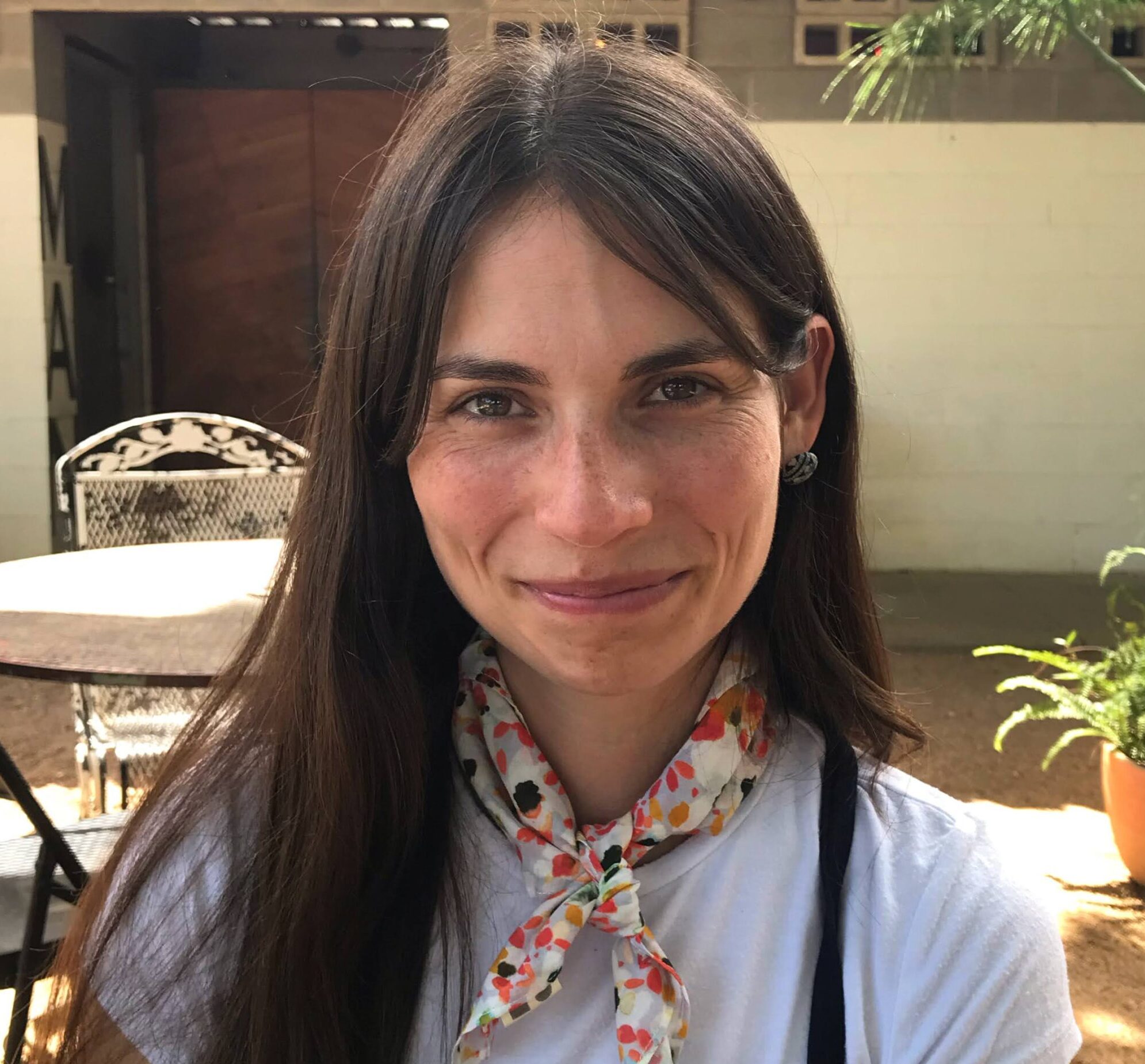As part of our winter membership drive, we are pulling back the curtain on what we do here at Reasons to be Cheerful. This is part three of a three-part series. You can find part one here and part two here. In this final installment, we bring you a conversation between Executive Editor Will Doig and Editorial Director Rebecca Worby about growing awareness of solutions journalism and what makes stories resonate. Want to learn more about our membership program? Click here.
Rebecca Worby: In the early days of RTBC, there was much less awareness about solutions journalism. How has awareness grown since RTBC launched?
Will Doig: A lot of big publications have added a section specifically for solutions stories in the last few years — like the New York Times section Headway — and then some of those stories get filtered onto the homepage. From the reader’s perspective, these stories might not even register as “solutions journalism” since they’re positioned as just another news story, which is exactly how they should be treated, in my opinion.
WD: What makes a RTBC story a RTBC story?
RW: A RTBC story will tell you not just what the solution to a problem is, but how that solution was implemented. Ideally, it’ll do that in a way that feels conversational and approachable: You don’t need to be an expert on sustainable timber construction to understand and enjoy a story about the Portland airport’s new wooden roof.

At its best, a RTBC story is truly a story — that is, a narrative that you want to read from start to finish. Our stories may not always be as cheerful as the name suggests, but they do tend to be upbeat, and I hope they give the reader a sense of hope and buoyancy.
RW: What types of stories do you find that our audience is most drawn to?
WD: Climate, the environment, green energy — these have been our most popular topics since day one. They’re not only huge issues that affect everyone, they’re awash in promising solutions that often have a good narrative behind them.
Weighed down by negative news?
Our smart, bright, weekly newsletter is the uplift you’ve been looking for.We saw a jump in interest in social justice stories during and after the 2020 protests, but because those solutions often aren’t as cut and dry, I think it’s harder for readers to walk away from them with a feeling that something has been solved. They might sometimes feel like they’re describing incremental progress in an intractably unfair world.
WD: What’s a common misconception about solutions journalism or RTBC?
RW: When people hear the name Reasons to be Cheerful, or when they hear about solutions journalism more generally, some might leap to the conclusion that our stories are all light and fun — or, worse, that we’re sugar-coating the truth. But our stories are always rigorously reported, and they don’t shy away from the negative when necessary. For example, we strive to always address not just what’s working well with a particular solution, but also the limitations or challenges it faces.
WD: What’s a story from this year that really resonated with our readers and why do you think it did?
RW: Contributing Editor Peter Yeung’s story about what Barcelona is doing to deal with overtourism was among our most popular this year. It came out in the middle of the summer, a time when a lot of readers are traveling (or dreaming of their next trip), and it spoke to an issue that a lot of us have experienced first-hand: What happens when a beloved place is, well, loved a little too much?
Interestingly, it’s not the most cut-and-dry solution story — as Peter writes, improvements in the impacts of tourism are tough to quantify — but I think there’s something satisfying about learning what a historic, beautiful city is doing to preserve itself.

RW: What’s a story from our archives that you still find yourself thinking about a lot?
WD: In 2020 our writer Klaus Sieg wrote about Berlin’s effort to incentivize residents to buy things used instead of new, and to repair their stuff instead of throwing it away. It was technically a story about policies that encourage reuse, but what it was really about was an entire city — from its government agencies on down to its residents — transforming its mindset around wasteful, consumption-oriented lifestyles.
RW: One of the first things I edited for RTBC was Elizabeth Hewitt’s story about “beaver dam analogues” in Colorado. Essentially, human impacts have degraded ecosystems — in this case, by wiping out beaver populations — and now humans are mimicking nature to try to restore those ecosystems and make them more adaptable to climate change. It’s a low-tech solution, and one that could ultimately help welcome beavers back to these places. I love when a solution is about undoing damage and helping nature do its thing.
RW: What’s a response from a reader that has stayed with you or impacted your thinking about the work that we do?
WD: We get a lot of notes from teachers who say they use Reasons to be Cheerful in their classrooms, which is really gratifying. One specific response that’s always stuck with me was from a soldier in a war zone who said he reads us to avoid losing hope — even though that’s just one person, it feels like a big impact.
RW: I really appreciate the notes from teachers, too. I also enjoy hearing from folks whose life or work is closely tied to something we’ve covered. One of our writers recently told us that her mother was sharing Michaela Haas’ article about “The Power of Sharing Patients’ Life Stories With Caregivers” with all her friends. Old-fashioned word-of-mouth — I loved hearing that.
RW: A lot of online magazines struggle, and many shrank or disappeared after the pandemic, but RTBC just keeps growing. Why do you think this is?
WD: I think our name helps — we have a newsletter that has over 130,000 subscribers and being able to drop something that literally says “Reasons to be Cheerful” into someone’s inbox once a week almost feels like cheating.
Aside from that, I think the hunger for this type of journalism is real. There’s more of it than there used to be, but clearly not enough. We also just work really hard to make every story as good as it can possibly be, so maybe there’s an element of quality winning the day, as well.












